Thermal Infrared Camera
Overview: An infrared camera can allow us to see wavelengths beyond what our eyes can detect. Infrared radiation is also indicative of thermal radiation otherwise known as heat, and there are many applications to night vision, astronomy, and climate studies.
Supplies: Infrared camera, TV or monitor, garbage bag, ice cubes
Objectives: What is the electromagnetic spectrum? What wavelengths do our eyes see? What is unique about infrared radiation?
Setup:
- Mount the FLIR Camera onto the tripod
- Connect the video output cables to the television with the yellow video cable connected to the green input on the TV
- No red/white audio cables needed
- Rotate the front ring to adjust the focus
- Use the menu options to adjust the false color scale
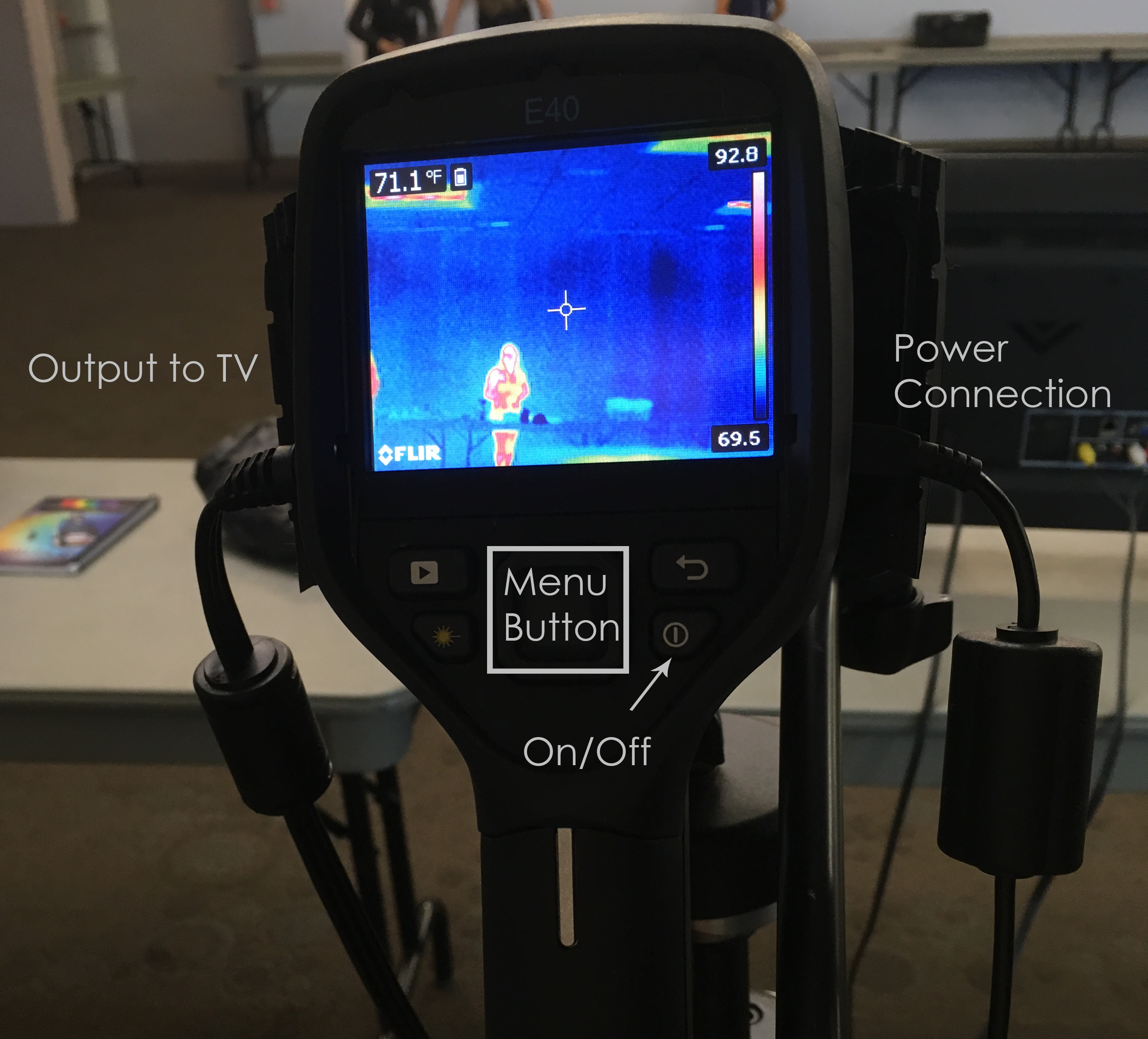
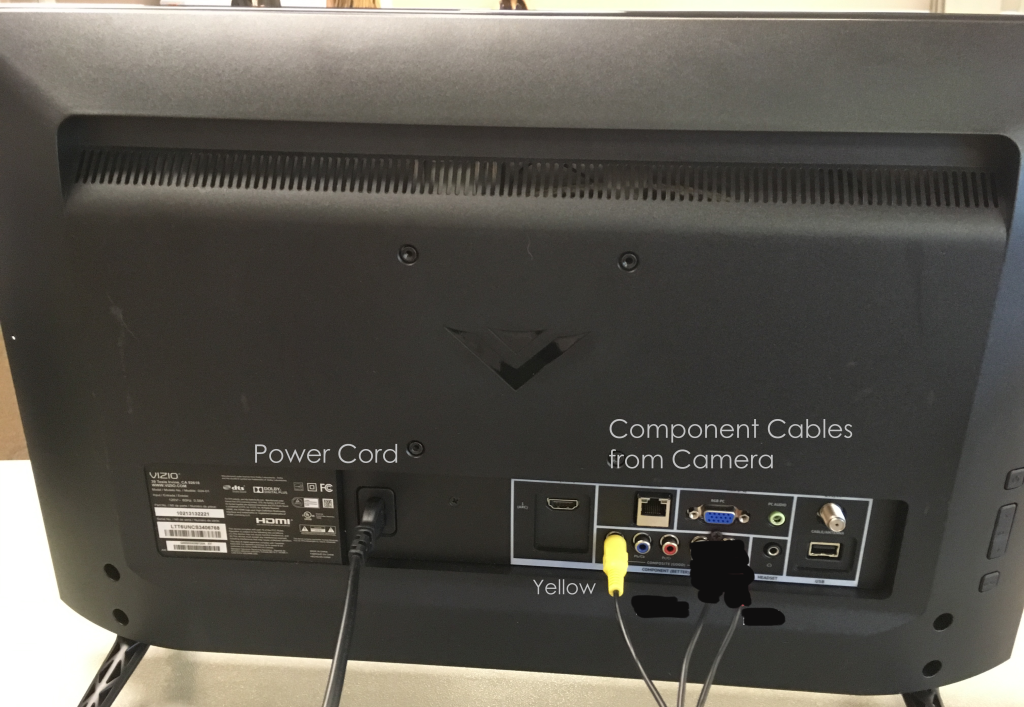
How to run the demo:
- Check out your surroundings
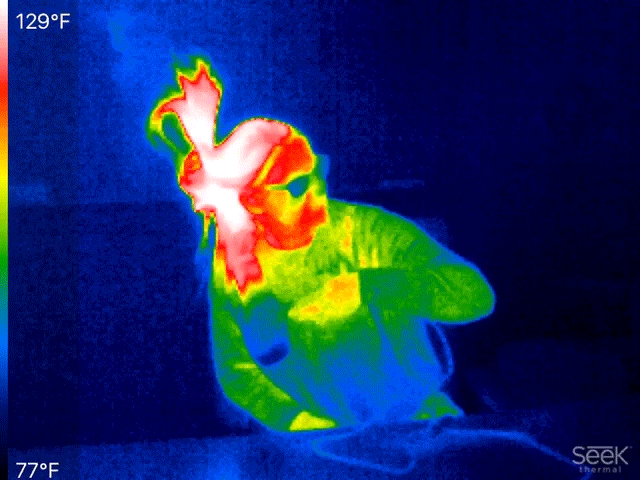
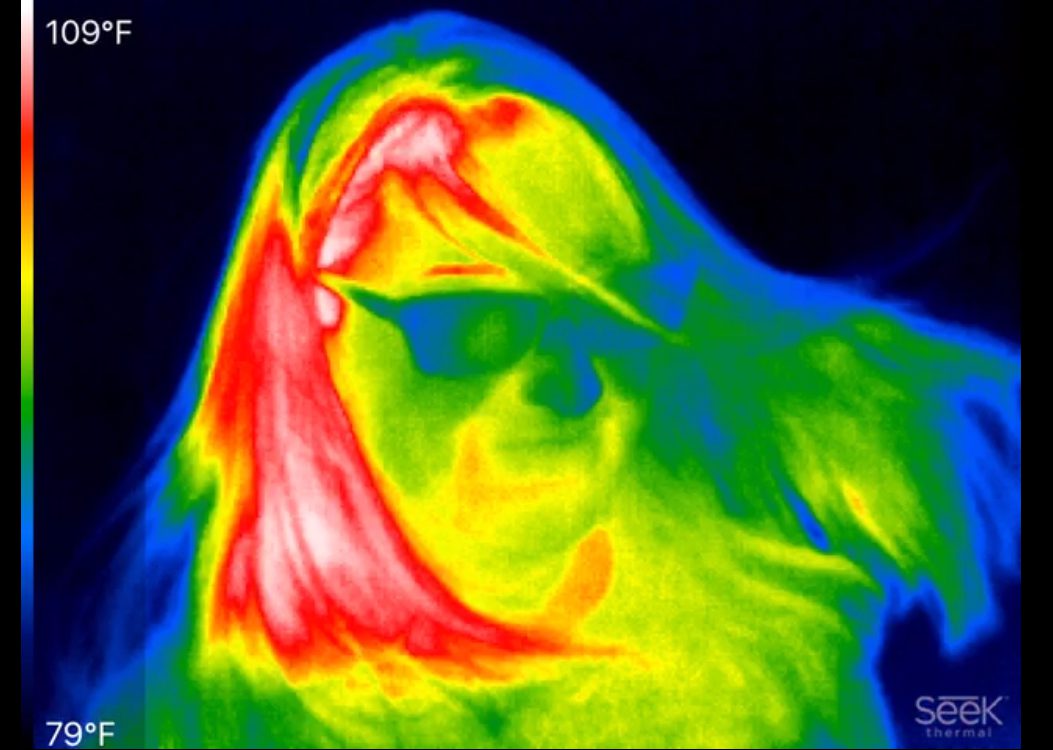
What’s Happening?
Light is a traveling electromagnetic wave, and infrared radiation is part of the electromagnetic spectrum (shown below). An infrared camera shows us wavelengths of light beyond what our eyes can see, displayed on a false-color scale. Thermal radiation is emitted in the infrared range, so an IR camera is showing us heat radiated from different objects. Because of it’s longer wavelength, infrared radiation can transmit through some materials that visible light cannot, and this has applications to night vision, building inspection, astronomy, medical imaging, and climate science.
Electromagnetic Spectrum
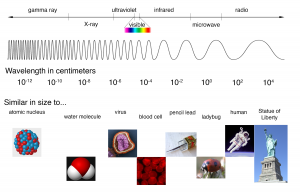
Try this:
- Hold up a garbage bag in front of the camera. Can you see through it?

- Hold up eyeglasses in front of the camera, look out a window, or test out other materials that are transparent in visible light. Can you still see through them?
- Take off your shoes and walk across the floor. The IR camera will see a trail of footprints! (This will work best on floors without a carpet, and you can see reflections from people standing in the room.)
- Explore objects with different temperatures, like hot coffee or cold drinks. Take an ice cube and draw on your arms and face!
- Rub your hands together for several seconds, then place them on something cooler, like your t-shirt, to leave hand prints.
- Have two people place their hands on either cover of a notebook and press for several seconds. On how many pages can you still see the hand prints?
Troubleshooting:
- If you are noticing the camera imaging freezing, check the mount. There is a trigger button which allows you to take pictures and save them to an SD card, but if the mount is pressed against it, you may be continually taking pictures.
Learn more: (external links)

